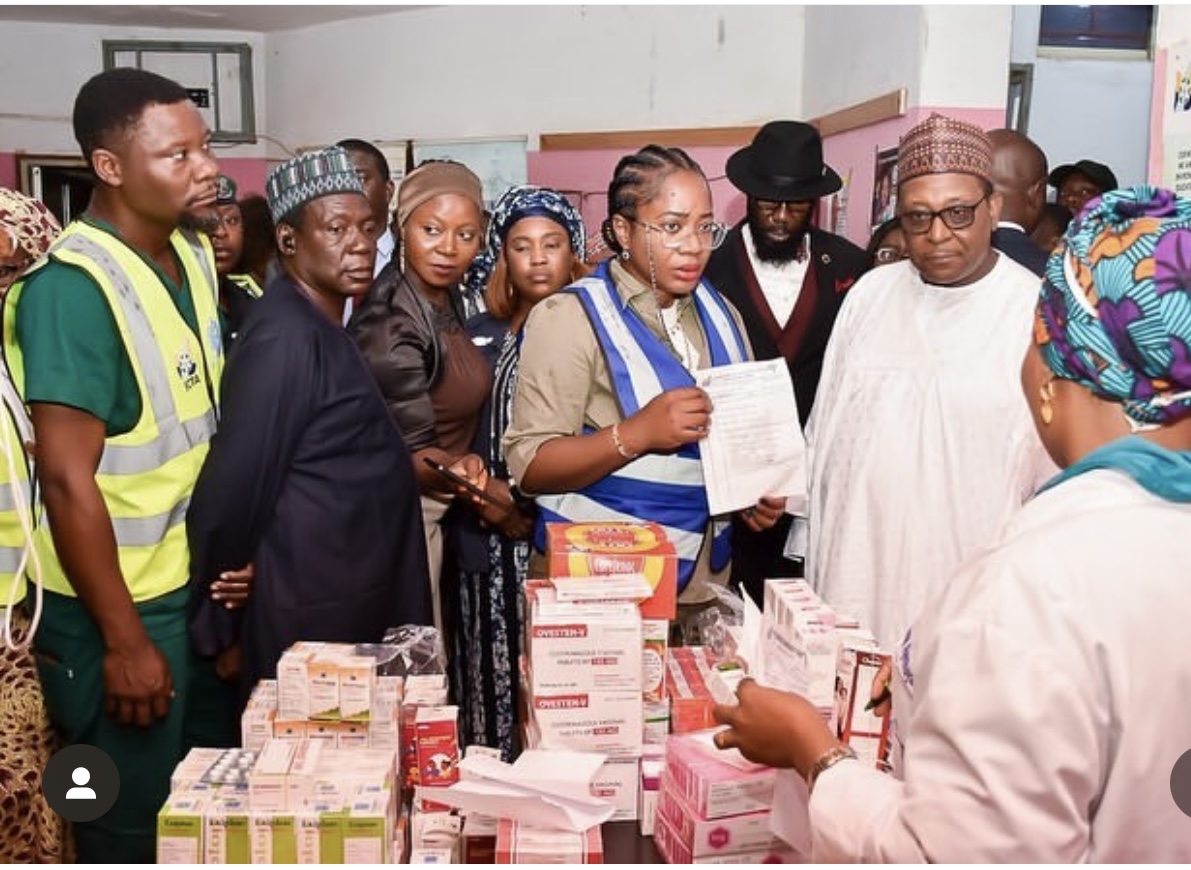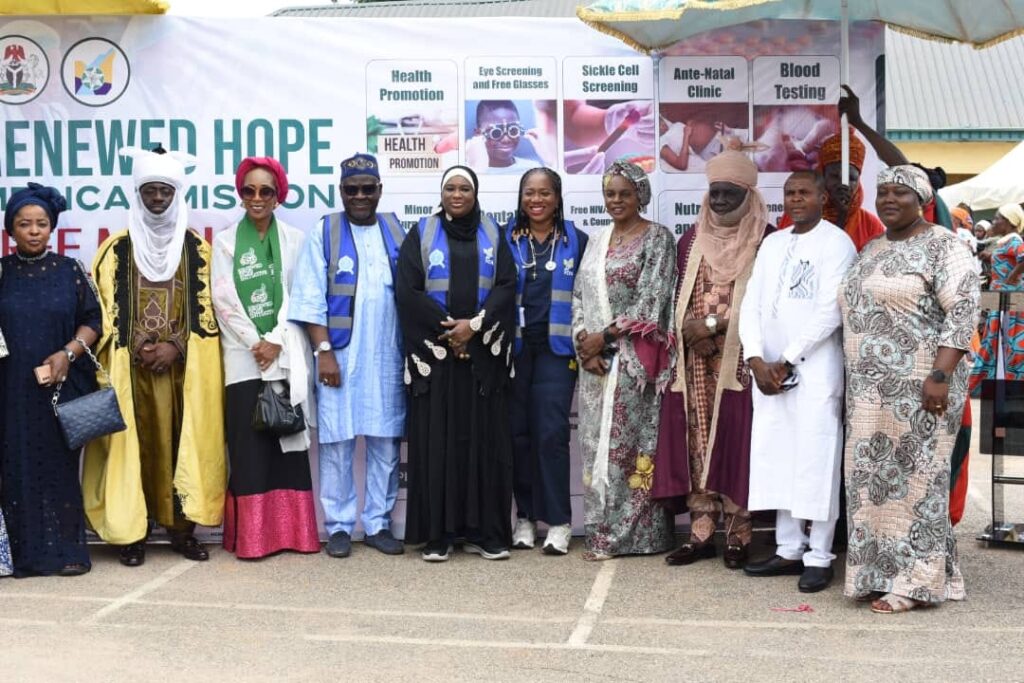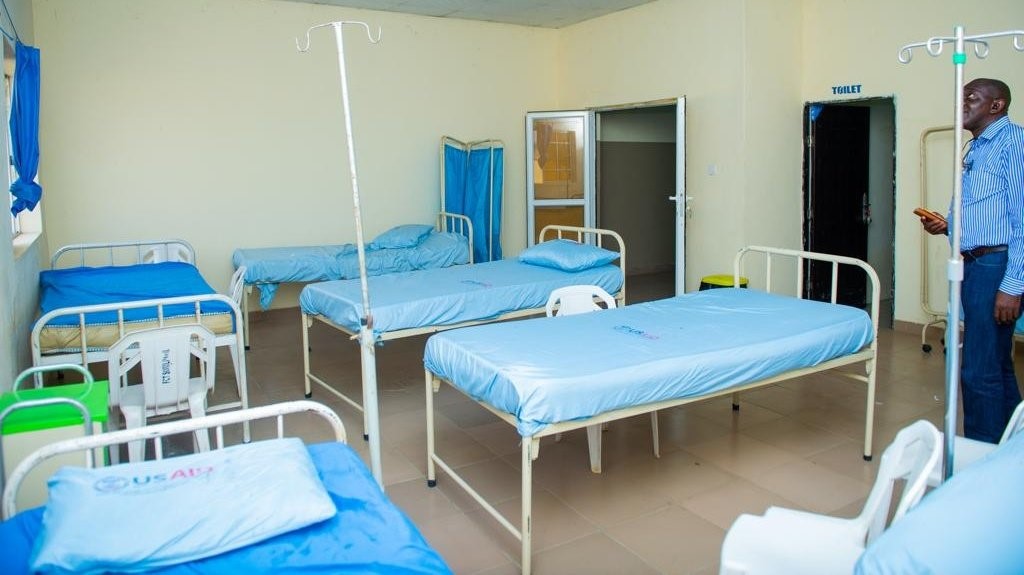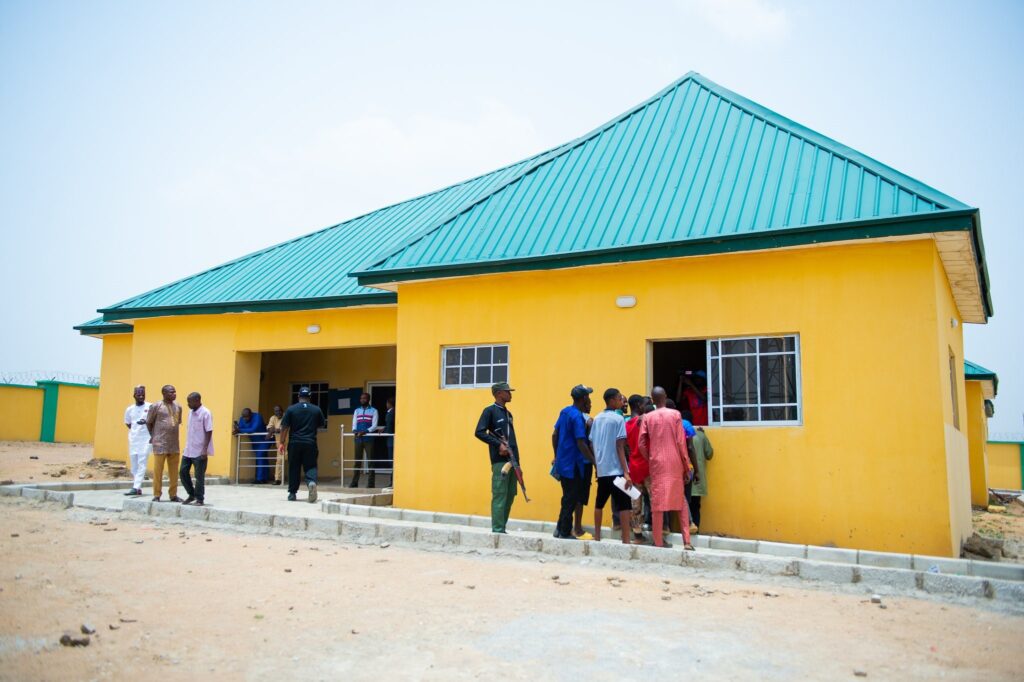TRANSFORMING HEALTHCARE IN THE FCT: VISIBLE PROGRESS, REAL IMPACT, AND THE JOURNEY AHEAD

How the FCT Administration is Delivering Real Change in Health Infrastructure, Access, and Affordability for Every Resident
Healthcare is a fundamental right, and in the Federal Capital Territory (FCT), the Administration is turning that principle into tangible progress for the people. Through focused investment, inclusive policies, and collaborative partnerships, the FCT Administration (FCTA) is not just talking about better healthcare—it’s delivering it.
Visible Progress Across the Territory
Across the six Area Councils—Abuja Municipal (AMAC), Bwari, Gwagwalada, Kuje, Abaji, and Kwali—the Administration has launched projects that are already making a difference in the lives of everyday residents.

- New and Upgraded Health Facilities
Gwarinpa General Hospital (AMAC): Now in its final stages, this facility is set to become a major hub for emergency, maternal, and pediatric care.
Bwari General Hospital: Recently upgraded with a new radiology unit and improved emergency ward, serving communities like Ushafa and Dutse.
Kwali General Hospital: Equipped with a functional operating theatre and new ambulance services, ensuring faster response in rural emergencies.
PHC in Chibiri (Kuje Area Council): Renovated and now fully staffed, with antenatal, immunization, and family planning services. - Mobile Health Outreach
The “Healthy FCT for All” mobile initiative has served over 70,000 residents in 2024 alone. In areas like Gwagwalada’s Paikon-Kore and Abaji’s Nuku village, residents received free malaria treatment, maternal health checkups, and nutritional counseling.
Strengthening the Workforce
In response to the brain drain affecting the health sector, the FCTA recruited over 300 new health personnel in 2024. These professionals were strategically deployed to PHCs in underserved areas like Rubochi (Kuje) and Dutse-Alhaji (Bwari).

- To retain them, the administration has introduced incentives including:
⦁ Rural service allowances
⦁ Continuous medical education programs
⦁ Staff accommodation in hard-to-reach areas (e.g., Yaba in Abaji LGA)
⦁ The FCT Health Insurance Scheme (FCT-NHIS): Affordable Healthcare for All
⦁ The FCT Health Insurance Scheme (FHIS)—an offshoot of the national NHIS—aims to reduce out-of-pocket health expenses and expand access to quality services. - Key Features:
Enrolment of over 300,000 residents (as of Q1 2025)
Covers services such as general consultations, maternal care, chronic disease management, and surgery operational in over 50 accredited health facilities, including Maitama District Hospital, Nyanya General Hospital, and Wuse District Hospital Includes the Formal Sector, Informal Sector, and the Vulnerable Group Program (VG-P), targeting the elderly, children, and indigent residents To enroll, residents can visit FHIS desks at Area Councils or go through community-based health insurance agents across the FCT. - Remaining Gaps & Opportunities for Growth
Despite these successes, several challenges remain. Here are key areas where more work is needed: - Primary Healthcare Infrastructure in Rural Areas
Some PHCs, especially in Gwargwada (Kuje) and Ibwa (Gwagwalada), still operate in makeshift structures without adequate medical equipment or staff housing. Upgrading these centers should be prioritized in the 2025 health budget. - Referral System Improvement
Patients often experience delays moving from PHCs to higher-level facilities. A robust ambulance network and digital referral system can bridge this gap—particularly for maternal and child health emergencies. - Digital Health Integration
While hospitals like Garki and Wuse have started using Electronic Medical Records (EMR), many facilities still operate manually. A territory-wide rollout of EMRs would improve patient tracking and health planning. - Public Awareness and Health Education
Many residents are unaware of the benefits of the FCT-NHIS or how to enroll. Community engagement, radio jingles, and grassroots campaigns can boost awareness and participation.

Conclusion: A Healthier FCT Is Within Reach The progress in FCT’s healthcare sector is visible, measurable, and meaningful—from Gwarinpa to Kwali, from Chibiri to Bwari. But the journey isn’t over. With sustained investment, community participation, and stronger health governance, the FCT can become a model for healthcare delivery in Nigeria.
The FCTA invites every resident to be part of this transformation—by enrolling in the health insurance scheme, accessing services, and speaking up about local health needs.
Together, let’s build a healthier, stronger FCT—for today and generations to come.
Let’s your comment and Contribution on social media comment Sections.
Myfctagov April, 09/2025
